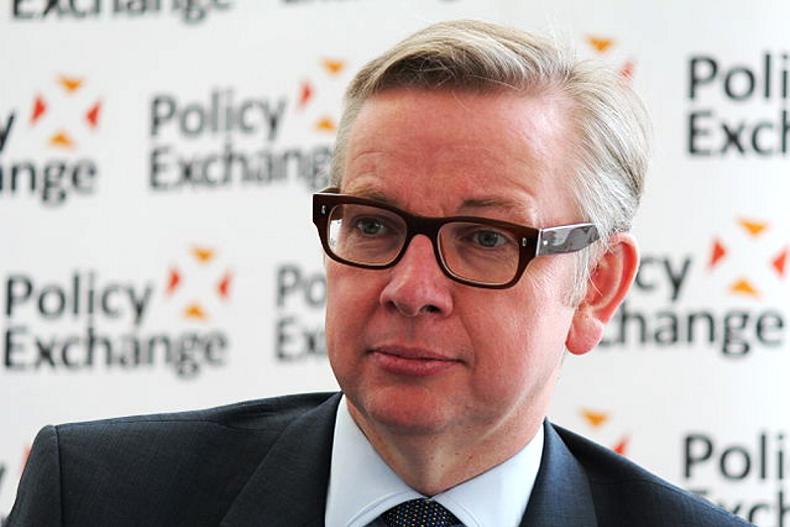There is no doubt Michael Gove is a competent politician who impressed when he visited NI last week.
He listened intently, was well on top of his brief and said all the right things to reassure local industry leaders that Brexit won’t mean a hard border in Ireland, the UK won’t be flooded with cheap food imports, that unnecessary red tape will be removed and support will continue to farmers after the UK leaves the EU.
Yet, he is also able to go in front of a different audience and reassure them that Brexit will mean higher environmental standards and improved animal welfare controls in the UK.
Perhaps he is right, and all this can come together, and local agriculture can succeed and flourish outside of the EU. Or perhaps he is just saying what he thinks his audience wants to hear. But stripping it all back, there remains a distinct lack of clarity or detail – the reality is that it will probably be well into 2018 before it starts to fully emerge. And while the current British government might want to protect farmers, a future administration could take a very different path.
However, one area where there is some clarity is that direct payments to NI farmers look set to continue as they are to the end of the current parliament in 2022. In one regard that is actually more reassurance than given to farmers in the remaining EU27, given that a new CAP is due from 2020.
But what we don’t yet know is if 2022 actually means the claim made in 2021. And what about the decision taken in NI for a seven-year transition to flat-rate payments which started in 2015? Will the transition continue in 2020 and 2021, or will payments in 2019 (when the UK leaves the EU) be effectively frozen at the prevailing rate then? It could be an interesting decision for a local agriculture minister to take.






 This is a subscriber-only article
This is a subscriber-only article










SHARING OPTIONS: